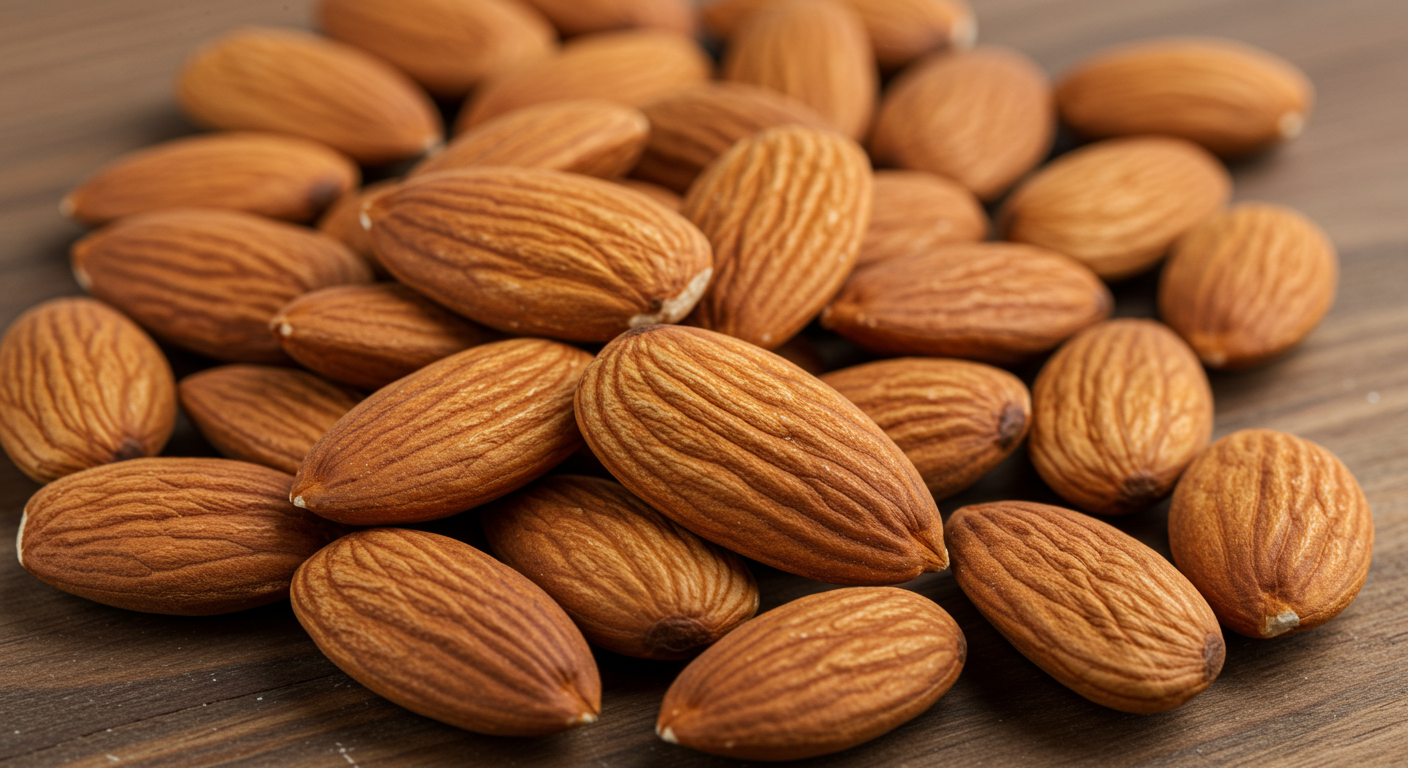Your Journey to Better Health Starts Here

3 Foods That Help Blood Sugar
Managing blood sugar levels is crucial for overall health, especially for those with diabetes or pre-diabetes. Fortunately, nature provides us with foods that can help stabilize glucose levels effectively. Here are three powerhouse foods that can make a significant difference in your diet.
First, consider adding oats to your breakfast routine. Oats are rich in beta-glucan, a type of soluble fiber that slows down the absorption of sugar into the bloodstream. This helps prevent spikes and crashes, keeping you energized throughout the morning. A bowl of oatmeal with some berries can be both delicious and beneficial, offering about 4 grams of fiber per serving.
Next, almonds are an excellent choice for a blood sugar-friendly snack. These nuts are packed with healthy fats, protein, and magnesium, all of which contribute to better insulin sensitivity. Studies suggest that eating about 20-30 grams of almonds daily can reduce post-meal glucose spikes by up to 30%. Keep a small bag handy for when hunger strikes between meals.
Finally, don’t overlook leafy greens like spinach and kale. These vegetables are low in carbohydrates but high in fiber and antioxidants, making them ideal for blood sugar control. They also contain magnesium, which plays a role in glucose metabolism. Aim to include at least two cups in your daily meals—perhaps in a smoothie or as a salad base—to reap the benefits.
Incorporating these foods into your diet isn’t just about managing blood sugar; it’s about embracing a lifestyle that supports long-term wellness. Start small, maybe with one food at a time, and notice how your body responds. Consistency is key, and over time, these choices can lead to improved energy, better mood, and a healthier you.

What Drinking Lemon Water Does for Your Body
Lemon water has become a popular health trend, but what does it really do for your body? This simple drink, made by squeezing fresh lemon juice into water, offers a range of benefits that go beyond just hydration. Let’s explore why you might want to make it a daily habit.
One of the most immediate benefits is its boost to hydration. Many people find plain water boring, but adding lemon makes it more palatable, encouraging you to drink more. Proper hydration supports every system in your body, from digestion to skin health. A typical recommendation is to start your day with 8-12 ounces of lemon water to kickstart your metabolism.
Lemons are also a fantastic source of vitamin C, an antioxidant that helps combat free radicals and supports immune function. A single lemon provides about 30-40 milligrams of vitamin C—roughly half your daily need. This can help reduce inflammation and may even lower the duration of colds when consumed regularly.
Another perk is its potential to aid digestion. The citric acid in lemons can stimulate stomach acid production, which helps break down food more efficiently. Some people find that drinking lemon water before meals reduces bloating and improves nutrient absorption. It’s not a cure-all, but it’s a gentle way to support your gut.
Lastly, lemon water might contribute to weight management. The pectin fiber in lemons, though minimal in juice form, can promote fullness, while the low-calorie nature of the drink makes it a smart swap for sugary beverages. Pair it with a balanced diet, and you’ve got a recipe for sustainable health. Try it warm or cold—whatever suits you—and see how this small change can brighten your day.

How to Deal with Daylight Savings Time
Daylight Savings Time (DST) can throw off even the most disciplined schedules. Whether it’s “springing forward” or “falling back,” the shift disrupts our internal clocks, leaving us groggy or restless. Here’s how to handle it like a pro and keep your health on track.
Start by adjusting your sleep schedule gradually. A week before the change, shift your bedtime and wake-up time by 15-20 minutes each day. If you’re losing an hour in spring, go to bed earlier; if gaining one in fall, push it later. This eases your body into the new rhythm without the shock of a sudden jump.
Light exposure is your secret weapon. In spring, get morning sunlight as soon as possible—aim for 20-30 minutes—to signal your brain it’s time to wake up. In fall, seek evening light to stay alert longer. If natural light isn’t an option, a light therapy lamp (10,000 lux) for 15 minutes can mimic the effect and reset your circadian rhythm.
Watch your diet and exercise, too. Avoid heavy meals or caffeine close to bedtime, as they can worsen sleep disruptions. Instead, opt for a light snack like a banana or almonds, which contain sleep-friendly nutrients like magnesium. A 20-minute walk during the day can also help regulate your energy levels—bonus points if it’s outdoors.
Finally, be patient with yourself. It can take up to a week for your body to fully adjust, especially if you’re sensitive to change. Stick to a consistent routine post-DST—same meals, same workouts, same wind-down time—and you’ll bounce back faster. With these strategies, you can turn a pesky time shift into just another day on the calendar.